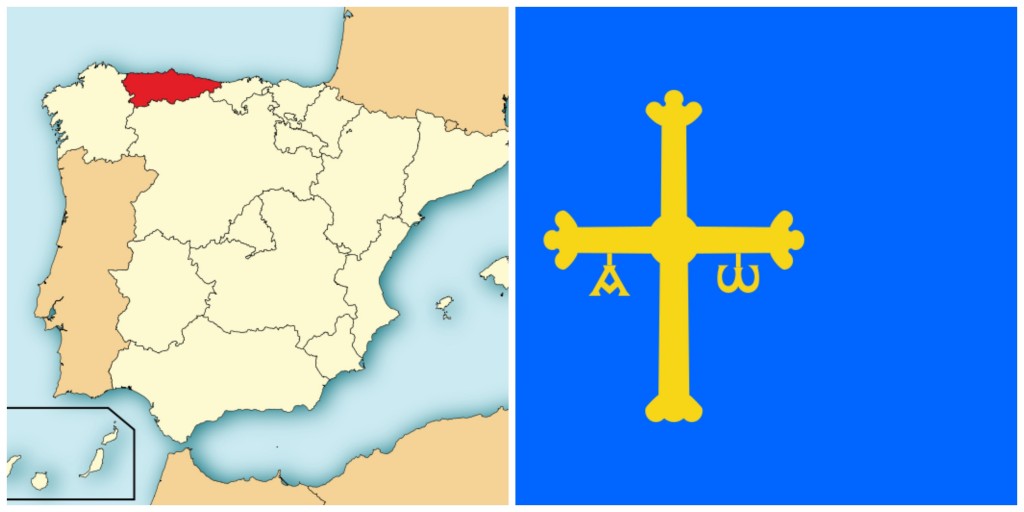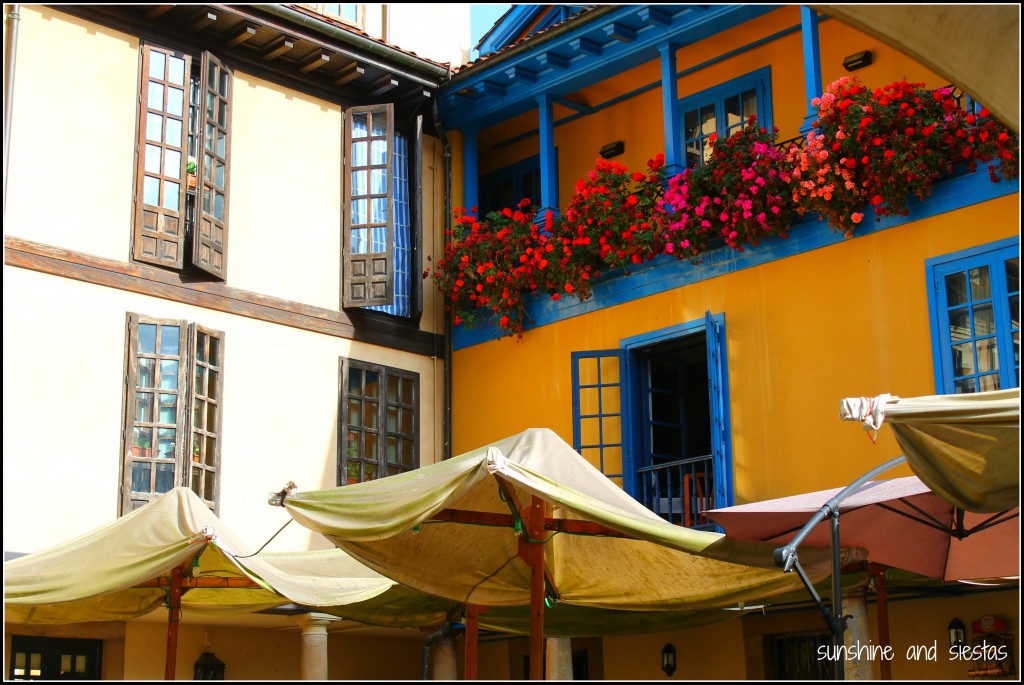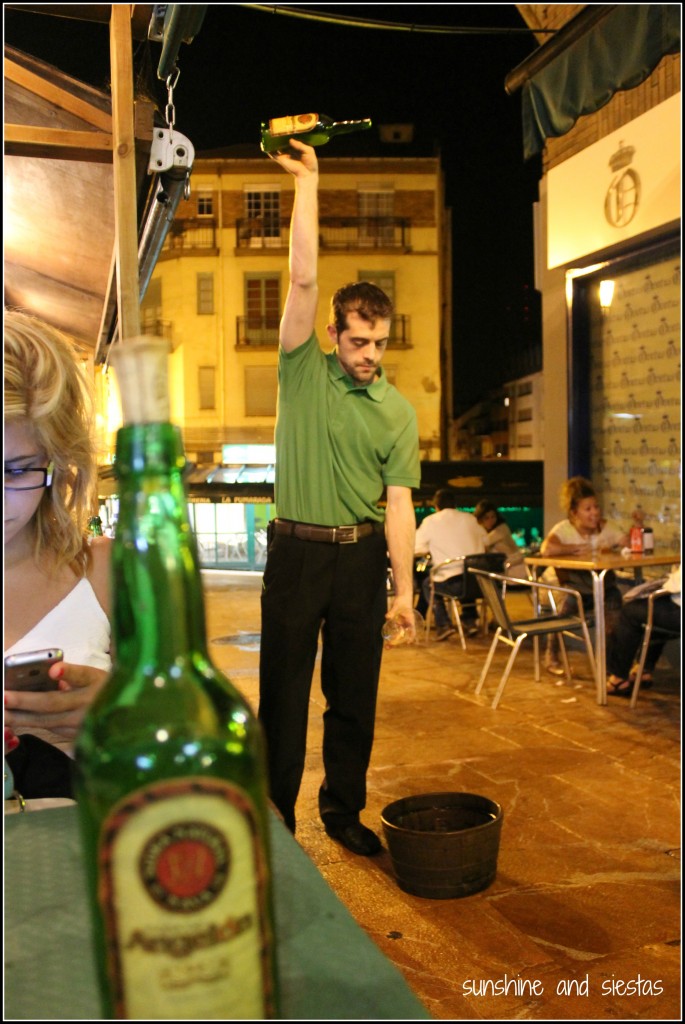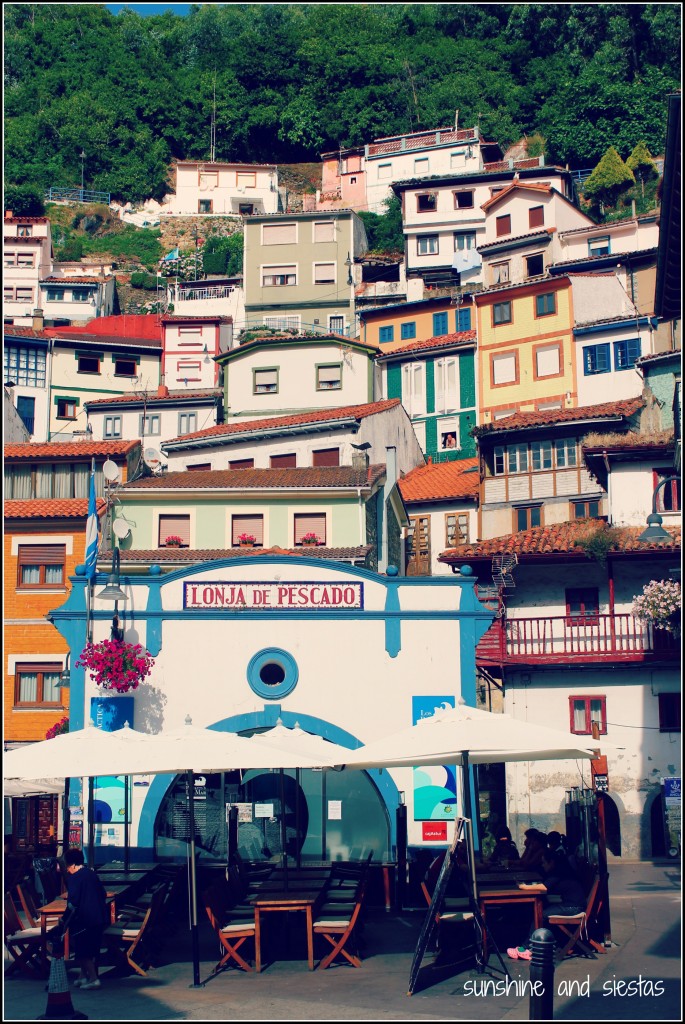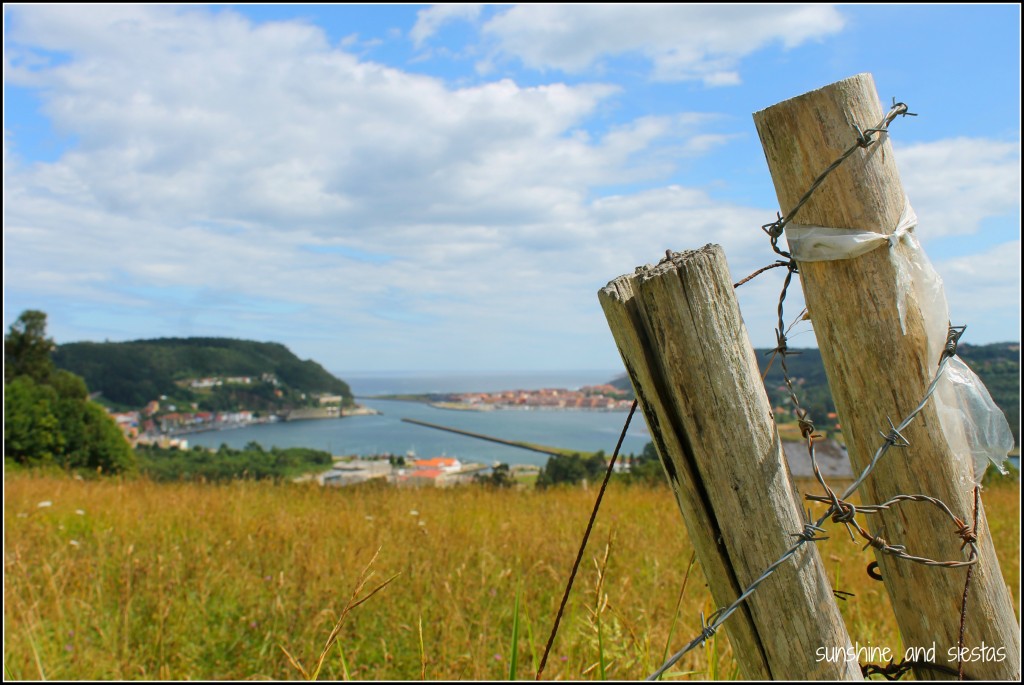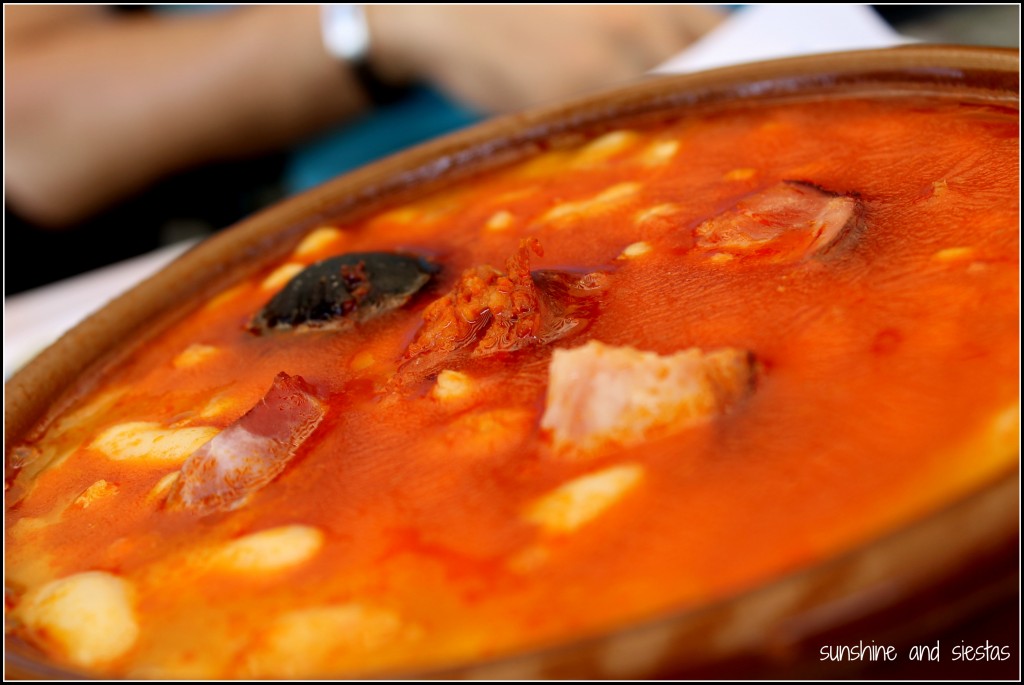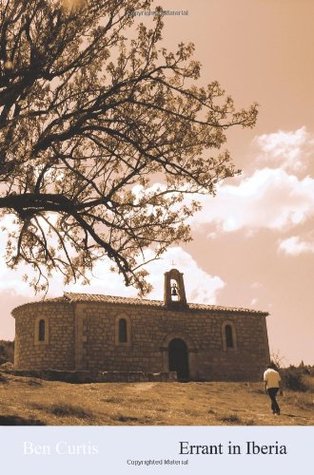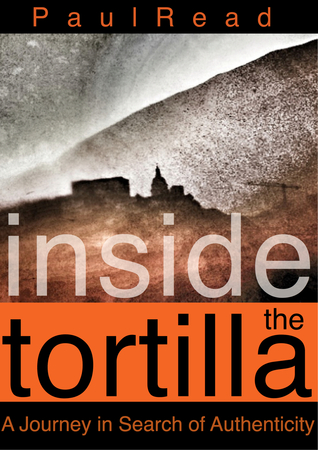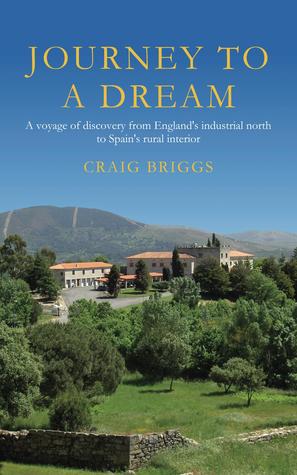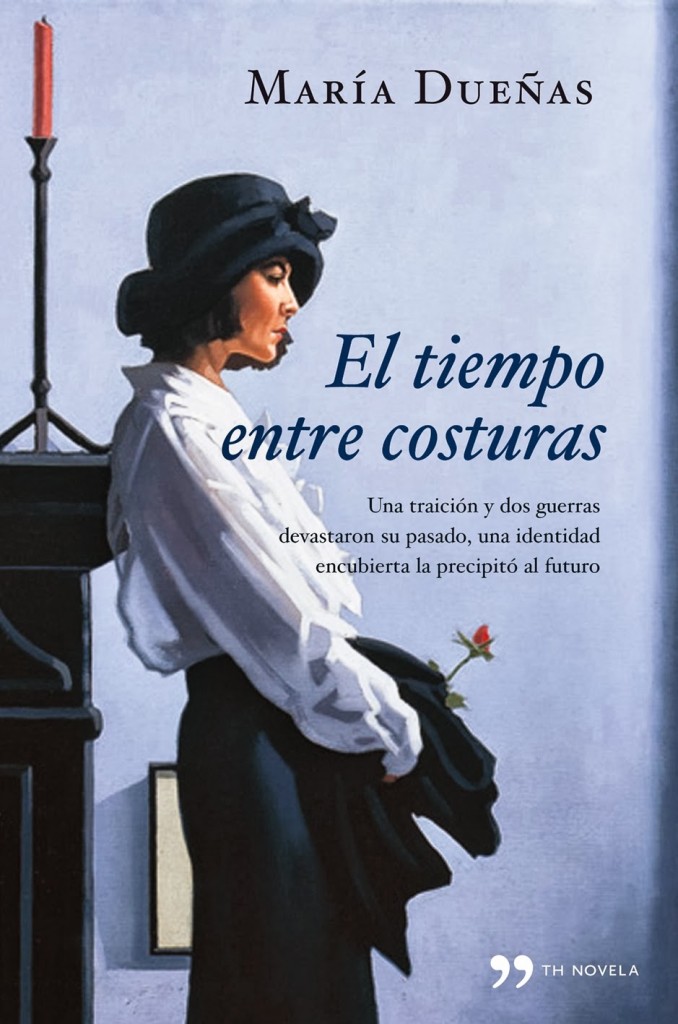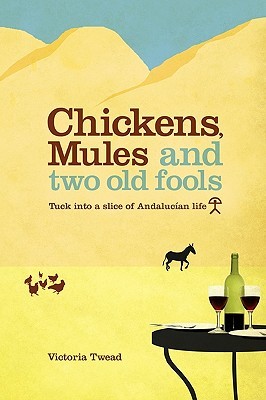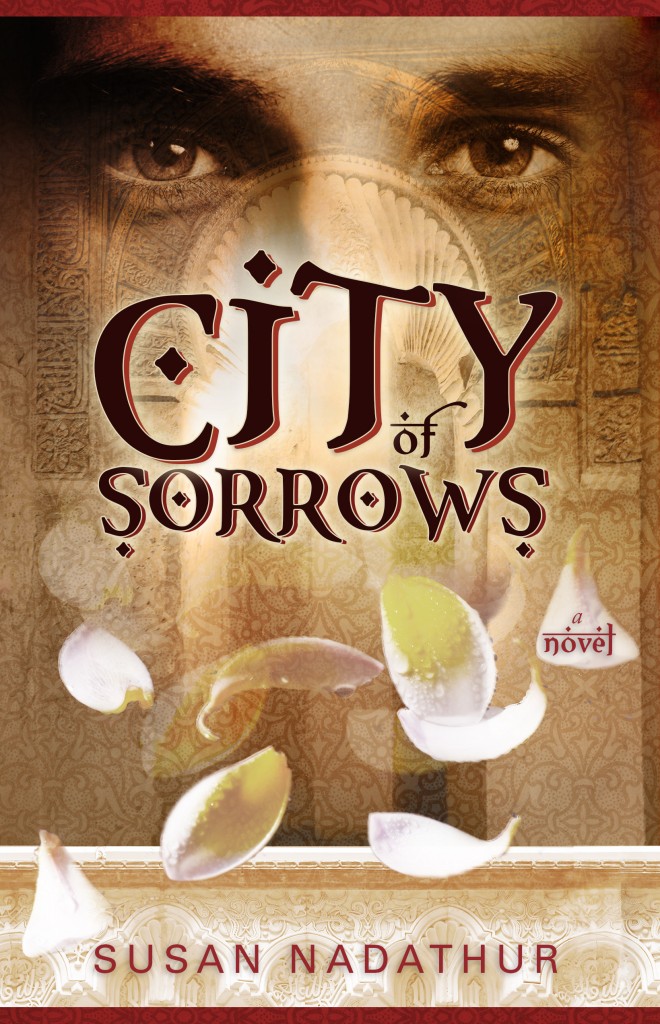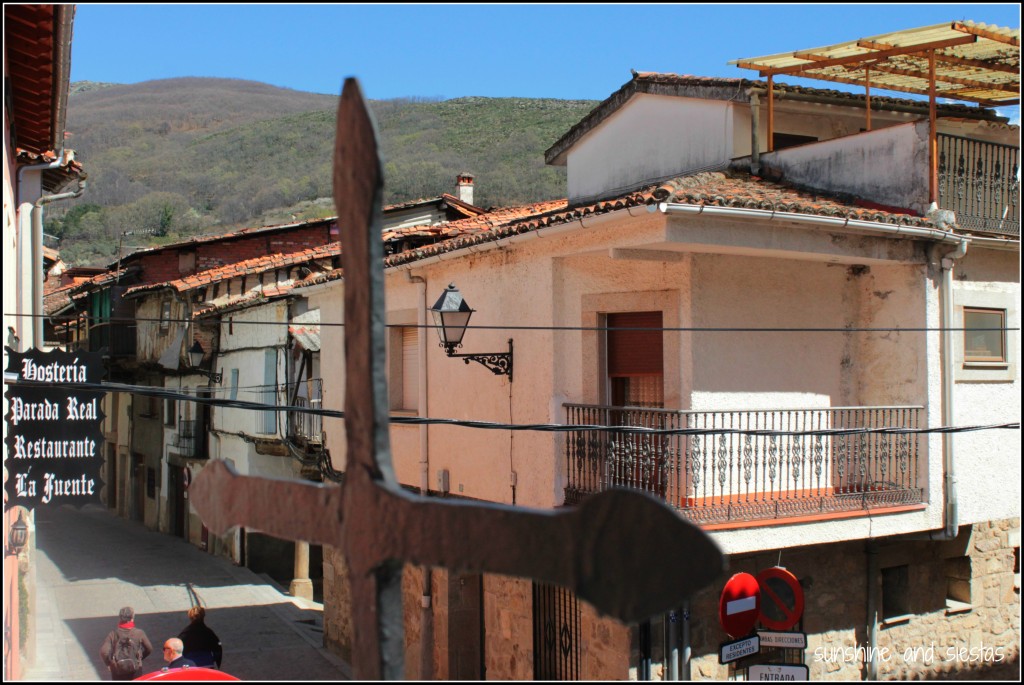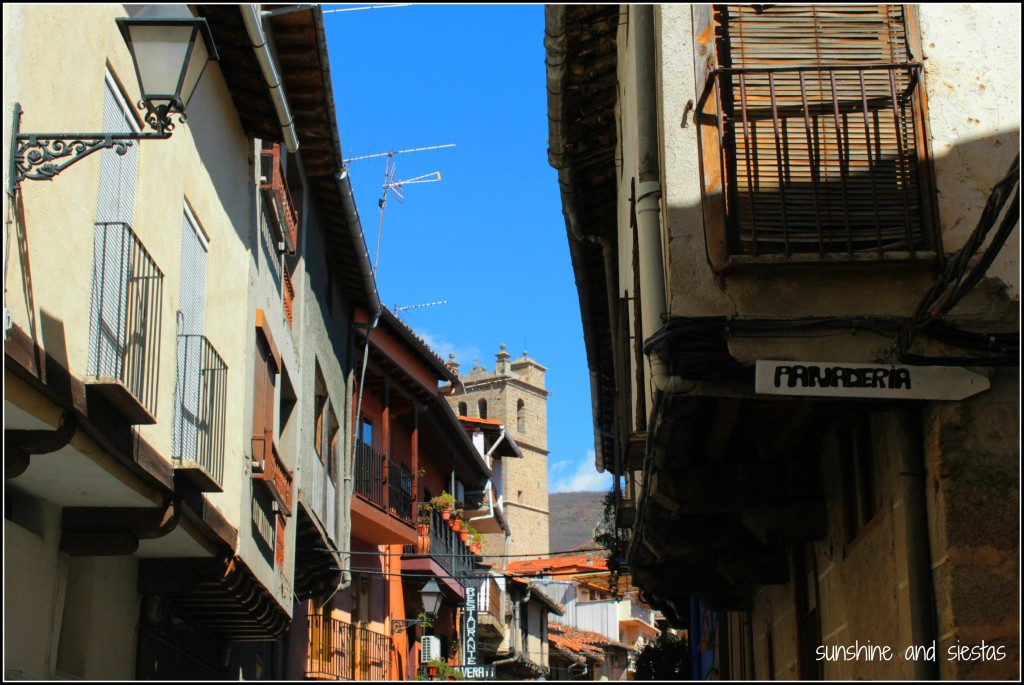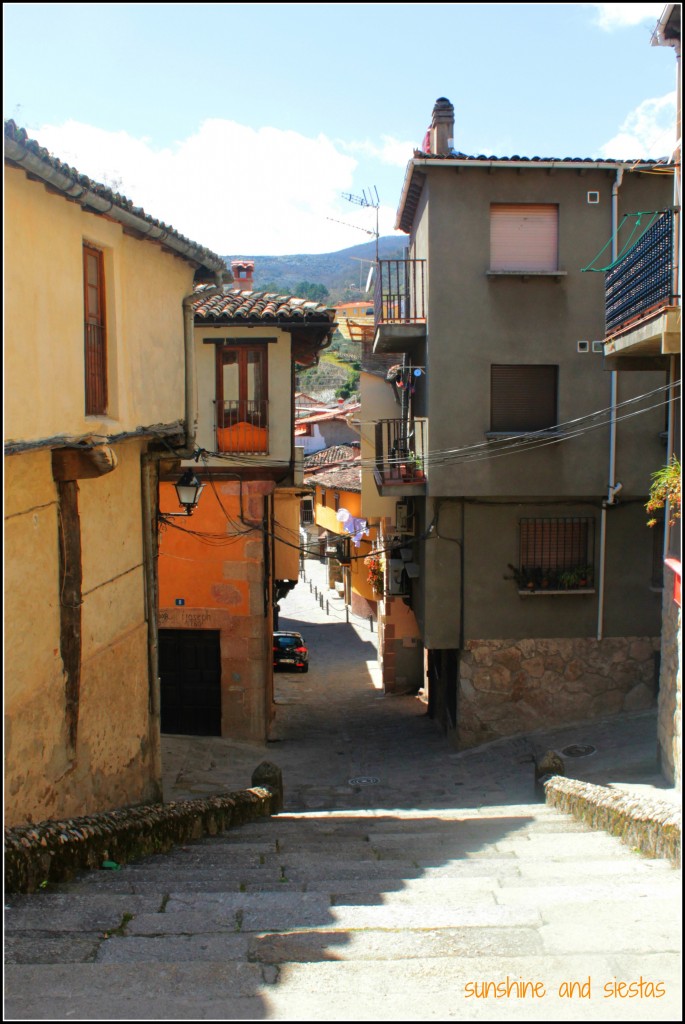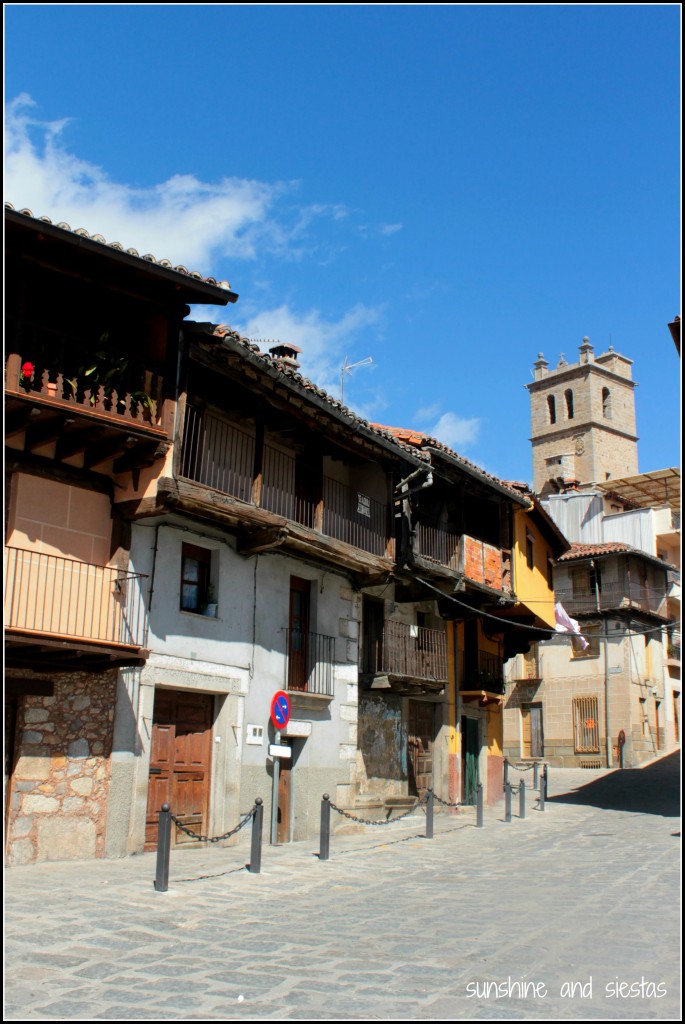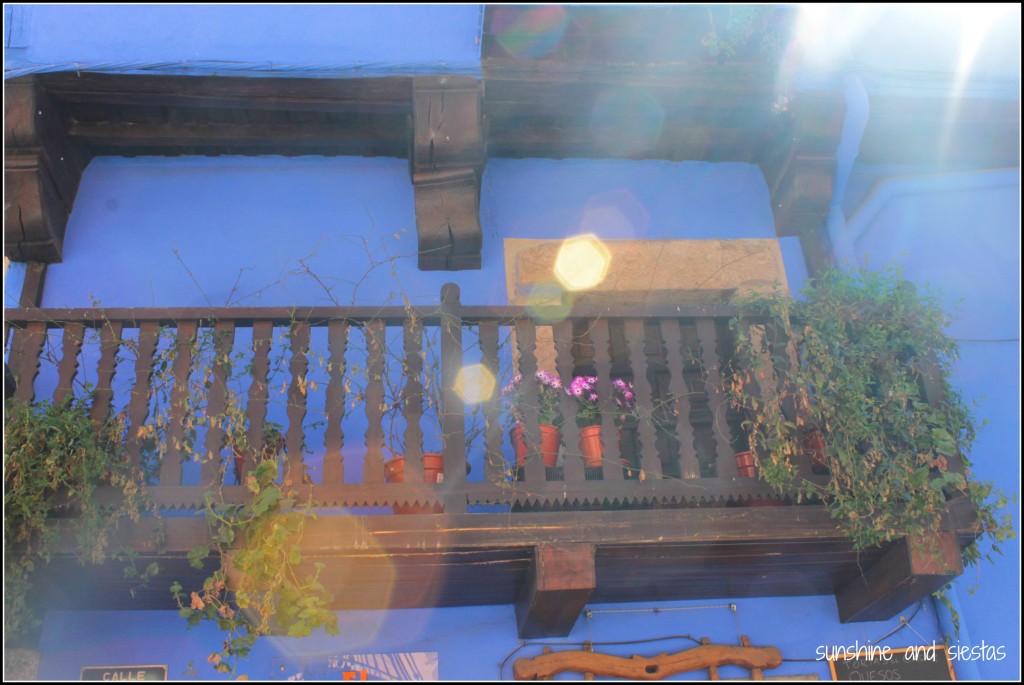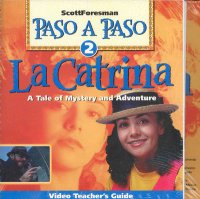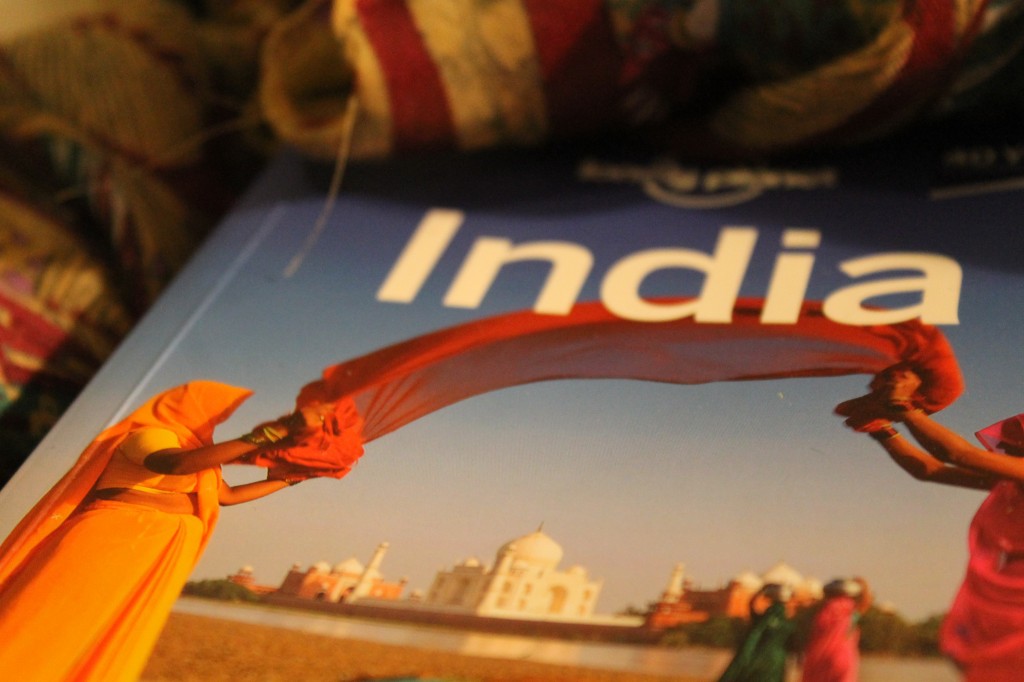Not one to make travel goals, I did make one when coming to Spain: travel to all 17 autonomous communities at least once before going home. While Madrid, Barcelona and Seville are the stars of the tourist dollar show (and my hard-earned euros, let’s not kid around here), I am a champion for Spain’s little-known towns and regions. Having a global view of this country has come through spending ample time in Andalucía, Galicia and Castilla y León – vastly different in their own right – plus extensive travel throughout Spain.
Asturias and I have a special relationship – the Novio’s mother was born in Pola do Siero, making him as asturiano as he is andaluz. By the time we made the long drive to Asturias during my spring break in 2009, I was already in love with the region nestled between the Bay of Biscay and the Picos de Europa.
The small region is one of Spain’s wettest and, in my opinion, its most naturally beautiful, and the only autonomía considered a principality. Asturies, as its called in the local gable language, was also the starting point of my Camino de Santiago – Hayley and I walked from the industrial port of Avilés.
And it goes without mention that I love fabada and cidra.
Name: Asturias
Population: 1 million
Provinces: Just one, though Asturias has eight comarcas: Avilés, Caudal, Eo-Navia, Gijón, Nalón, Narcea, Oriente and Oviedo.
When: 12th of 17 regions, March 2009
About Asturias: It’s believed that the area has been inhabited for millennia by the Celts, but Asturias rose to fame in 722 during the Muslim Reconquest of Spain. Hiding in the caves at Covadonga, Don Pelayo is believed to have had the Virgen Mary appear to him, and she told him to rally and fight the Moors. He became the first king of Asturias and the region became a refuge for nobility until the Peninsula was once again under Christian rule.
The Novio tells me Asturians are 100% Spanish because the Picos de Europa blocked the peninsular conquest of the Moors. Considering it’s still a reino, it still has its rulers – Prince Felipe and Princess Leticia are next in line to the Spanish throne.
Must sees: Like Andalucía, I don’t even know where to begin, except for saying that your best bet for traveling in Asturias is by car. There are buses and FEVE trains across Asturias, but the service is infrequent, and there’s tons of encanto in many of the small towns that you shouldn’t miss.
The capital of Asturias is Oviedo, a small city with a huge cidra scene. Calle Gascona is known as La Ruta de la Cidra, and has cider bars lining the streets. There are also pleasant pockets throughout – the plazas, the old man bars, the green spaces, the old Romanesque churches. I highly recommend the bar Platero y Yo for their cachopo – the north’s answer to a flamenquín – and excellent wine list.
Gijón is a pleasant, seaside city with colorful buildings and a bustling port, and nearby, industrial Avilés has a well-kept old town. But Asturias’s best is in its small towns, many of which we passed through on the Camino del Norte – Cudillero, Luarca, Tapa de Casariego, Ballota.
East of Gijón, there are other hamlets worth exploring, as well. After visiting family friends in misty Infiesto, we spent two nights in Cangas de Onís and used it as a base to make it to Ribadasella, Poo, the caves and cathedral of Covadonga.
The beauty of Asturias is astounding, as well. When packing for the Camino, I made sure to bring a swimsuit for the untouched beaches we hugged as we walked for five days along the coast. You can’t miss the Lagos de Covadonga, one of Spain’s highest chain of lakes, nestled in the Picos de Europa. If you love the outdoors, Asturias couldn’t be any more perfect.
Asturian culture is based largely in its celtic origins, including bagpipes! It’s also a literary region that takes art and theatre very seriously, and sports greats Fernando Alonso and David Villa are from Asturias – must be all of that milk. Asturias is also home to bable, a language that changes its vowels around. Case in point, the greatest youtube video of all time:
My take: Asturias is exactly like all of those Leche Asturiana ads – rolling green hills, tons of dairy cows and virgen beaches. If you couldn’t already tell, I love its paraíso natural, its jovial and grounded people (my mother-in-law included!) as well as its food.
Each month for the next 14, I’ll take a look at Spain’s 17 comunidades autónomas and my travel through them, from A to, um, Valencia. I’d love your take on the good and the bad in each one, so be sure to sign up for my RSS feed to read about each autonomous region at the end of each month! Next up for May is the Balearic Islands.
Read more about Andalucía and Aragón
Have you been to Asturias? What do you like (or not) about the region?

